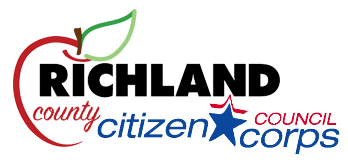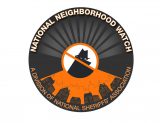History of Citizen Corps
Following the tragic events that occurred on September 11, 2001, state and local government officials increased opportunities for citizens to become an integral part of protecting the homeland and supporting the local first responders.
In January 2002, the President of the United States launched Citizen Corps, to capture the spirit of service that emerged throughout our communities following the terrorist attacks.
Citizen Corps programs build on the successful efforts that are in place in many communities around the country to prevent crime and respond to emergencies. Programs that started through local innovation are the foundation for Citizen Corps and this national approach to citizen participation in community safety.
Citizen Corps is coordinated nationally by the Department of Homeland Security’s Federal Emergency Management Agency. In this capacity, FEMA works closely with other federal entities, state and local governments, first responders and emergency managers, the volunteer community, and the Corporation for National & Community Service.
Key Data Points
There are more than 1,200 county, local or tribal Citizen Corps Councils and 56 state or territory Councils.
Councils support education and training in multiple locations with 72 percent delivering materials or training and demonstrations in neighborhoods, 71 percent in schools, 63 percent in workplaces and 53 percent in places of worship.
Citizen Corps has five partners: Community Emergency Response Teams (CERT), Fire Corps, USA on Watch, Medical Reserve Corps, and Volunteers in Police Service and affiliated with the Corporation for National and Community Service (CNCS).






